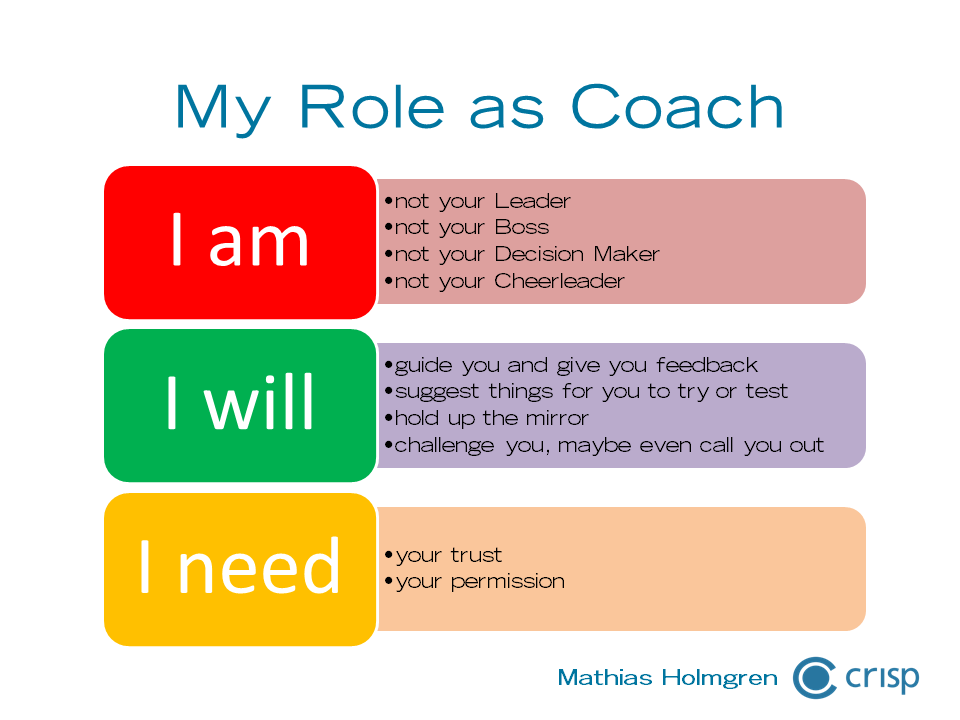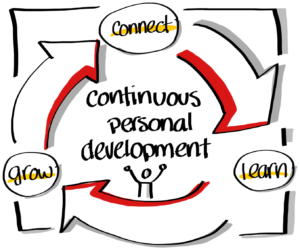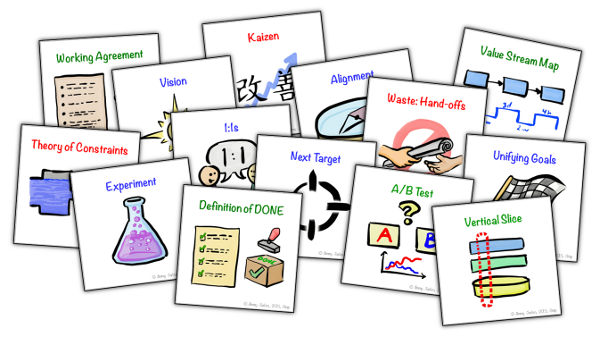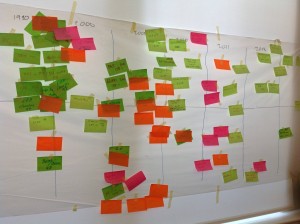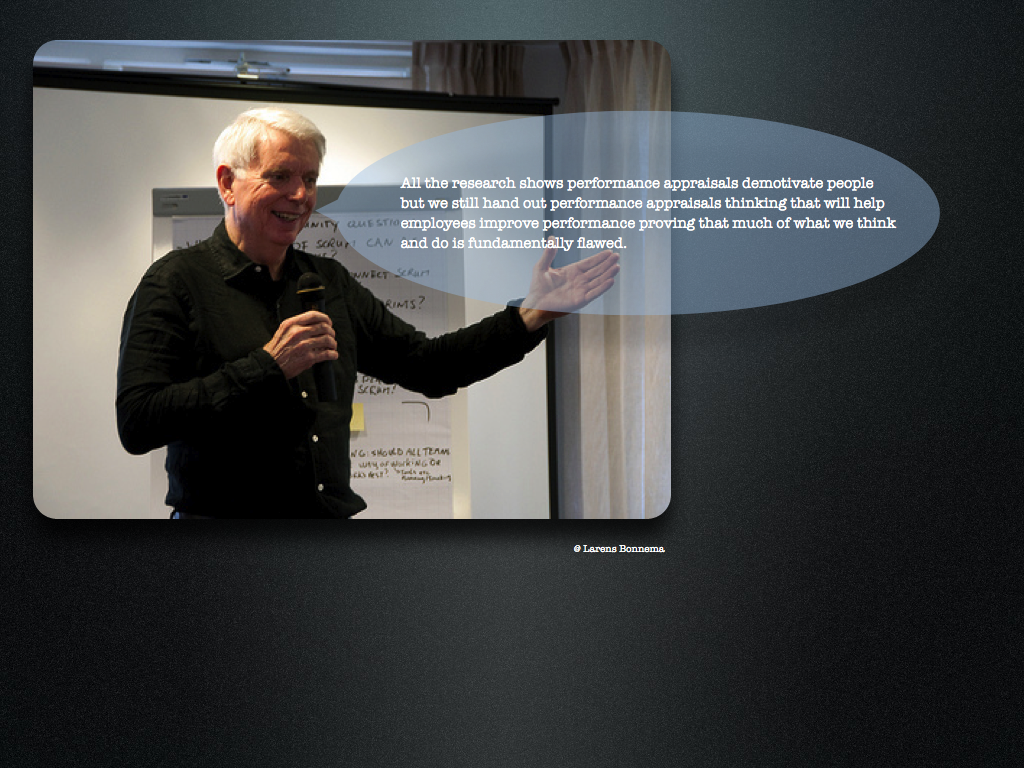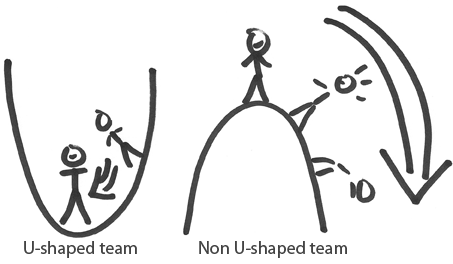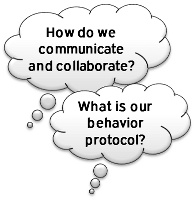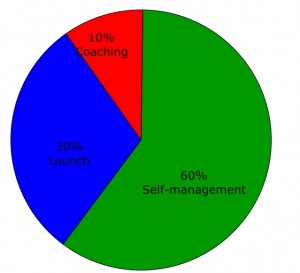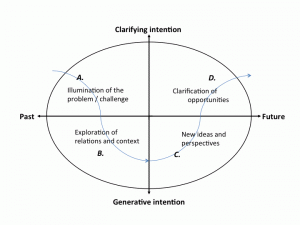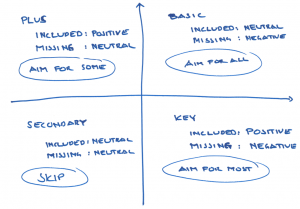Inledning
Ser jag tillbaka på mina år som konsult och coach på Crisp har det skett en rätt stor förändring i vilka typer av uppdrag vi får. Många organisationer möter en allt mer föränderlig omvärld med snabbfotade kunder; är de inte nöjda med det utbud som organisationen levererar går det till en konkurrent i stället. Det räcker inte längre med att enskilda team fungerar bättre; hela organisationer behöver förbättras för att nödvändiga effekter skall skapas.
För att lyckas med förändringsarbetet behöver vi:
- Utgå från att organisationer är komplexa system vilket kräver en organisk förändring snarare än ett plandrivet och mekaniskt sådan.
- Genomför förändringen evolutionärt drivet genom de hinder som teamen upplever,
- Successivt forma den struktur och arbetssätt som just den specifika organisationen bäst behöver för att leverera värde.

